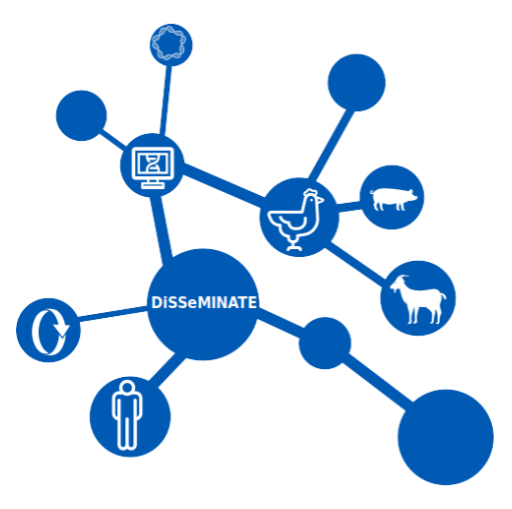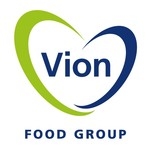Spread of mobile antimicrobial resistance
If, how and why does antimicrobial resistance spread between animals, the environment and humans? These questions drive the project 'DiSSeMINATE - Drivers of Selection and Spread of Mobile Genetic Elements INvolved in antimicrobial resistance'. ‘DiSSeMINATE’ is a public-private partnership of the UMC Utrecht, the Wageningen University and Research (WUR), the Institute for Risk Assessment Sciences of the University of Utrecht (IRAS), the Dutch National Institute for Public Health and the Environment (RIVM), and two private partners (VION Food and Cargill).
Antimicrobials are life-saving medicines that are used to treat bacterial infections. Bacteria however can acquire resistance against antimicrobials. This endangers the efficacy of antimicrobials which makes infectious diseases increasingly difficult to treat. Genes which confer resistance to antimicrobials are often not limited to individual bacterial strains but can be exchanged between bacterial strains and species as part of so-called mobile genetic elements. Antimicrobial resistance genes that are part of mobile genetic elements can swiftly spread through different environments.
In DiSSeMINATE, the aim is to increase the understanding of the spread of mobile genetic elements that carry antimicrobial resistance genes by collecting and analyzing relevant samples of humans, the environment and animals, with or without feed additives, and changes in feed as introduced by regionally produced products in circular farming projects. Novel bioinformatics methods will be developed and in vitro assays to determine transfer events and rates.
The project will result in novel methods to analyse the spread of antimicrobial resistance genes through mobile gene flow and in estimated rates of transmission. Finally, the risks and contributions of livestock feeding regimes, feed additives and livestock production chains to the spread of mobile genetic elements carrying antimicrobial resistance genes to humans will be estimated by epidemiological modelling.






